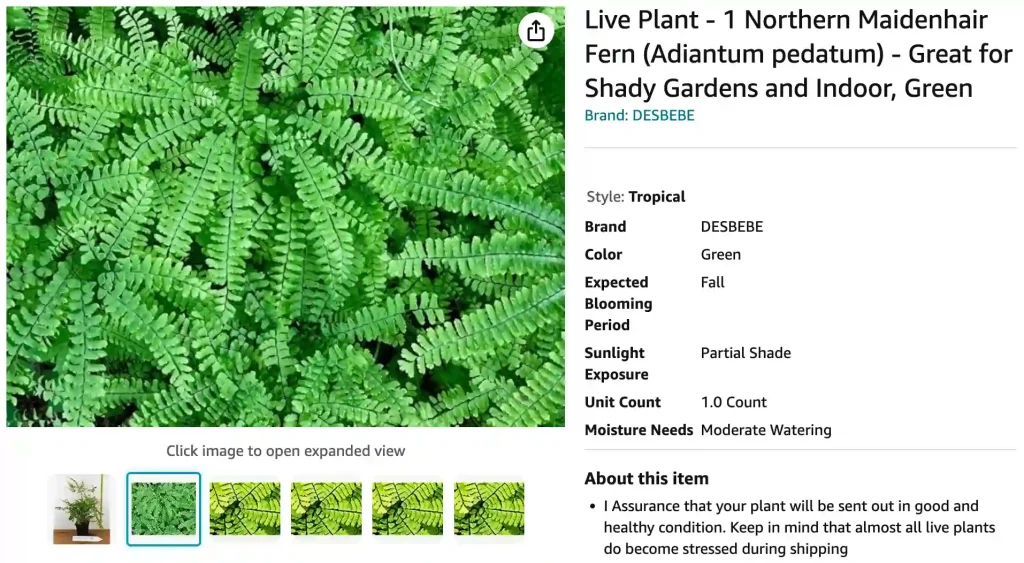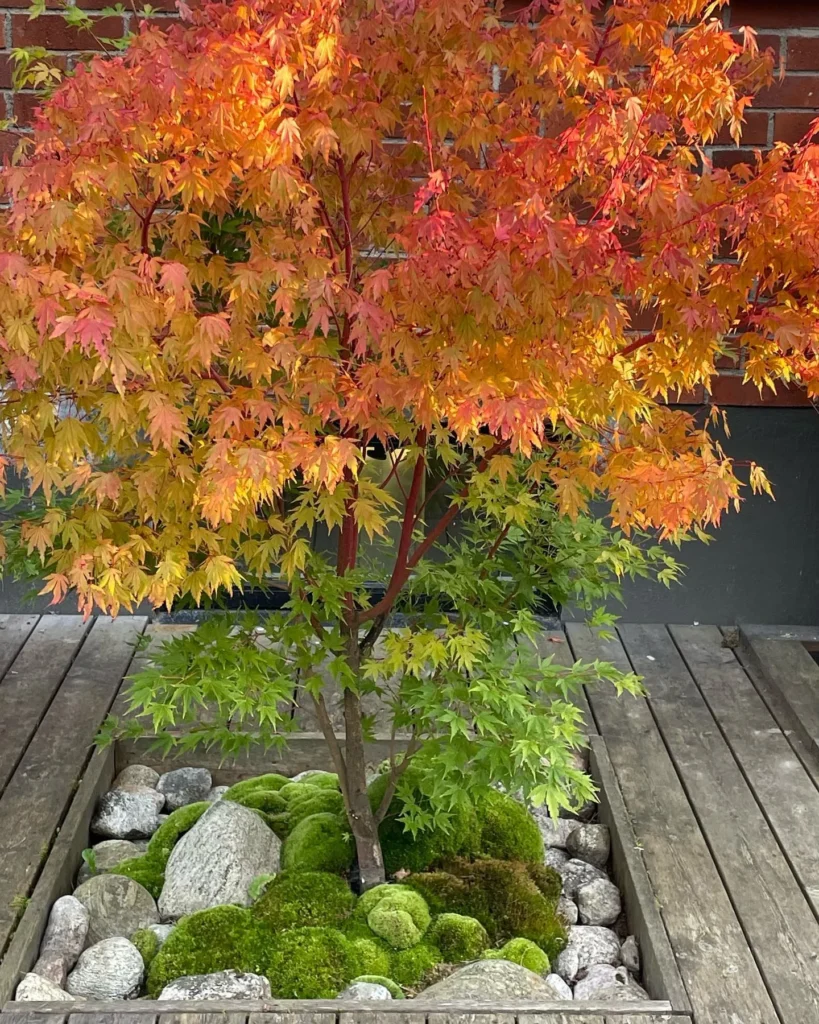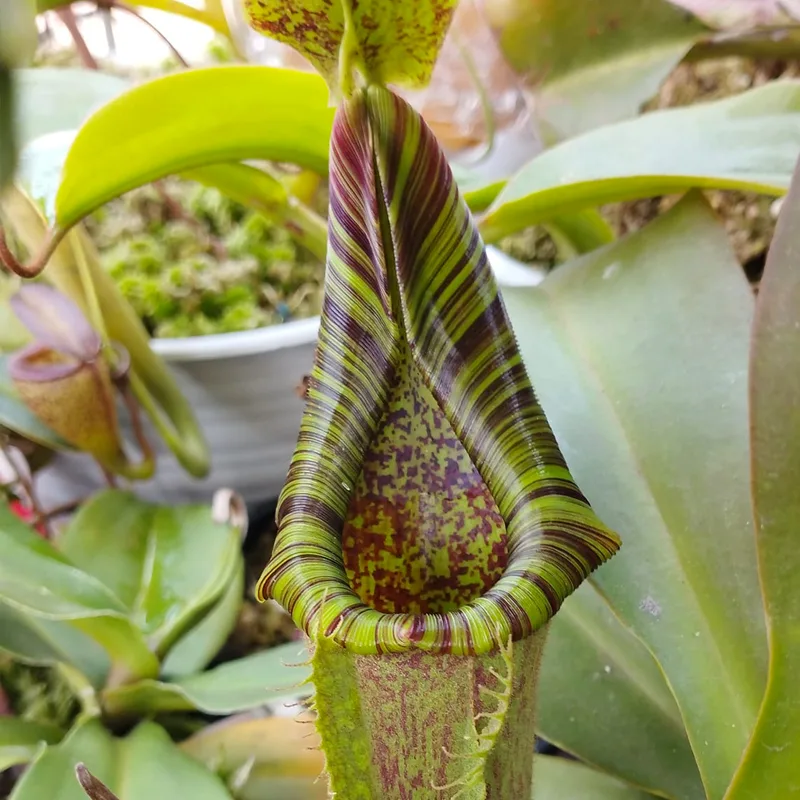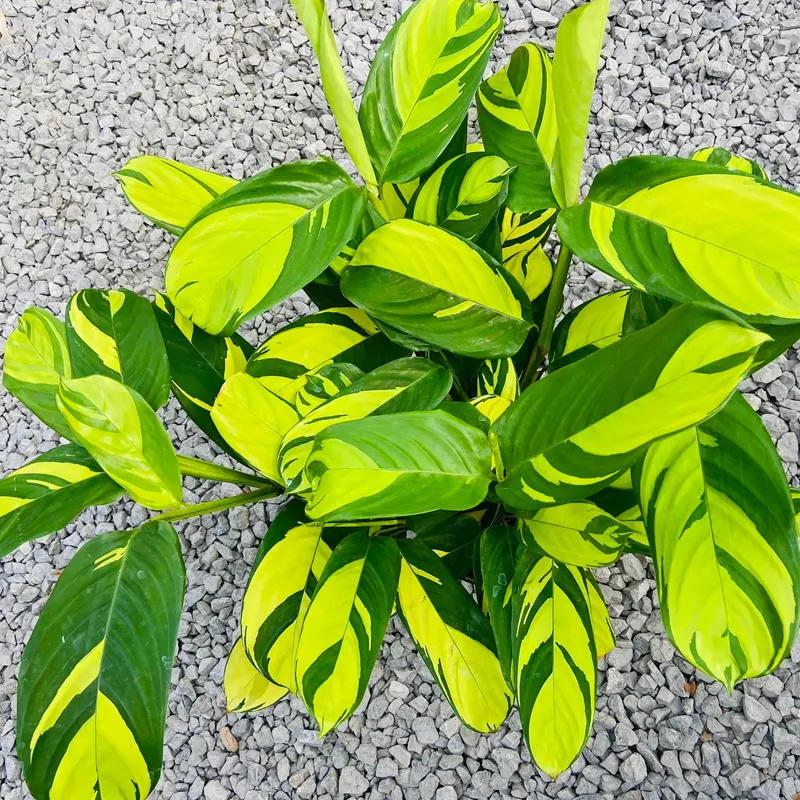
FAQs About Adiantum Pedatum: A Comprehensive Guide
Adiantum Pedatum, often referred to as Maidenhair Fern, is a popular and elegant fern known for its delicate, lacy foliage. As a plant enthusiast, I’ve had my fair share of experiences with this charming fern. Here, I’ll answer some common questions about Adiantum Pedatum, from pronunciation to comparisons with other plants.
244 Species in Genus Adiantum – Maidenhair Fern
What Is Adiantum Pedatum?
Adiantum Pedatum is a species of Maidenhair Fern known for its graceful, fan-shaped fronds and attractive appearance. It thrives in shaded environments with moist, well-drained soil. This fern is ideal for woodland gardens or as an understory plant where it can add a touch of elegance and greenery.
How to Pronounce Adiantum Pedatum?
Pronouncing Adiantum Pedatum might seem tricky at first. It’s pronounced as “uh-DI-an-tum pee-DAY-tum.” The key is to break it down into parts: “uh-DI-an-tum” for Adiantum and “pee-DAY-tum” for Pedatum. Don’t worry if you stumble initially; it gets easier with practice.
Is Adiantum Pedatum a Perennial or Annual?
Adiantum Pedatum is a perennial plant. This means it will come back year after year. Unlike annuals, which complete their life cycle in one growing season, perennials like Adiantum Pedatum persist through multiple seasons, provided they are in the right conditions.
What Does Adiantum Pedatum Mean?
The name Adiantum Pedatum comes from Latin and Greek origins. “Adiantum” is derived from the Greek word “adiantos,” meaning “untouched” or “not wet,” referring to the fern’s ability to shed water from its fronds. “Pedatum” is Latin for “foot-shaped,” describing the fern’s distinctive, fan-like leaf arrangement.
What Eats Adiantum Pedatum?
Adiantum Pedatum is relatively pest-resistant, but it can occasionally be targeted by insects such as slugs and snails. These pests are particularly attracted to its lush, tender fronds. To protect your fern, consider using natural deterrents or barriers to keep these pests at bay.
Adiantum Pedatum vs Aleuticum
When comparing Adiantum Pedatum and Adiantum Aleuticum, one of the main differences lies in their geographical distribution and appearance. Adiantum Pedatum, also known as the Northern Maidenhair Fern, is native to eastern North America and is characterized by its fan-shaped, dark green fronds. Adiantum Aleuticum, or the Western Maidenhair Fern, is found in the western regions of North America and tends to have more rounded fronds with a slightly different texture. Both are beautiful, but their growing conditions and appearances set them apart.
Adiantum Pedatum vs Ginkgo Biloba
Adiantum Pedatum and Ginkgo Biloba are quite different in both appearance and botanical classification. Adiantum Pedatum is a fern with delicate, feathery foliage, while Ginkgo Biloba, often called the Maidenhair Tree, is a deciduous tree with unique fan-shaped leaves. The Ginkgo Biloba is not a fern but a gymnosperm, meaning it reproduces via seeds and has a very different leaf structure. Adiantum Pedatum is typically grown as a ground cover or accent plant, while Ginkgo Biloba is a tree used for shade and ornamental purposes.
How to Care for Adiantum Pedatum?
Caring for Adiantum Pedatum involves providing the right conditions. It prefers partial to full shade and consistently moist soil. Ensure that the soil is well-drained but retains enough moisture to keep the fern’s roots happy. It’s important to avoid direct sunlight, which can scorch its delicate leaves. Regular watering and occasional misting can help maintain the necessary humidity.
How to Propagate Adiantum Pedatum?
Propagating Adiantum Pedatum can be done through division or by spores. To divide, carefully separate the fern’s root clumps in early spring or fall and replant them in suitable soil. Alternatively, you can collect spores from the underside of mature fronds and sow them in a seed tray with a moist, well-drained medium. Keep the tray in a warm, shaded area until the spores germinate.
What to Plant With Adiantum Pedatum?
Adiantum Pedatum pairs beautifully with other shade-loving plants. Consider planting it alongside hostas, astilbes, or bleeding hearts. These companions complement the fern’s delicate appearance and thrive in similar conditions, creating a lush, harmonious garden space.
Can You Grow Adiantum Pedatum Indoors?
Adiantum Pedatum can be grown indoors, though it requires specific conditions to thrive. Indoor environments should mimic its natural habitat, with indirect light and high humidity. Place the fern near a north or east-facing window and use a humidity tray or regular misting to maintain moisture levels.
Is Adiantum Pedatum Toxic?
Adiantum Pedatum is non-toxic to humans and pets, making it a safe choice for households with animals or small children. It’s always a good idea to monitor pets around plants, but you won’t need to worry about Adiantum Pedatum causing harm if ingested.
Benefits of Adiantum Pedatum
Aside from its aesthetic appeal, Adiantum Pedatum helps in creating a serene, shaded garden environment. Its feathery fronds can also contribute to soil erosion control in shaded areas. Moreover, its ability to thrive in low-light conditions makes it an excellent choice for adding greenery to challenging garden spots.
Common Problems with Adiantum Pedatum
The most common issues with Adiantum Pedatum include brown, crispy fronds, usually caused by too much direct sunlight or insufficient moisture. Ensure that the fern is kept in proper shade and consistently watered to prevent these problems. Additionally, watch for pests like slugs, which can sometimes damage the delicate fronds.
In conclusion, Adiantum Pedatum is a versatile and elegant fern that can enhance any garden or indoor space with its delicate beauty. Understanding its care requirements, propagation methods, and comparisons with other plants can help you make the most of this charming fern in your gardening endeavors.
If i die, water my plants!



